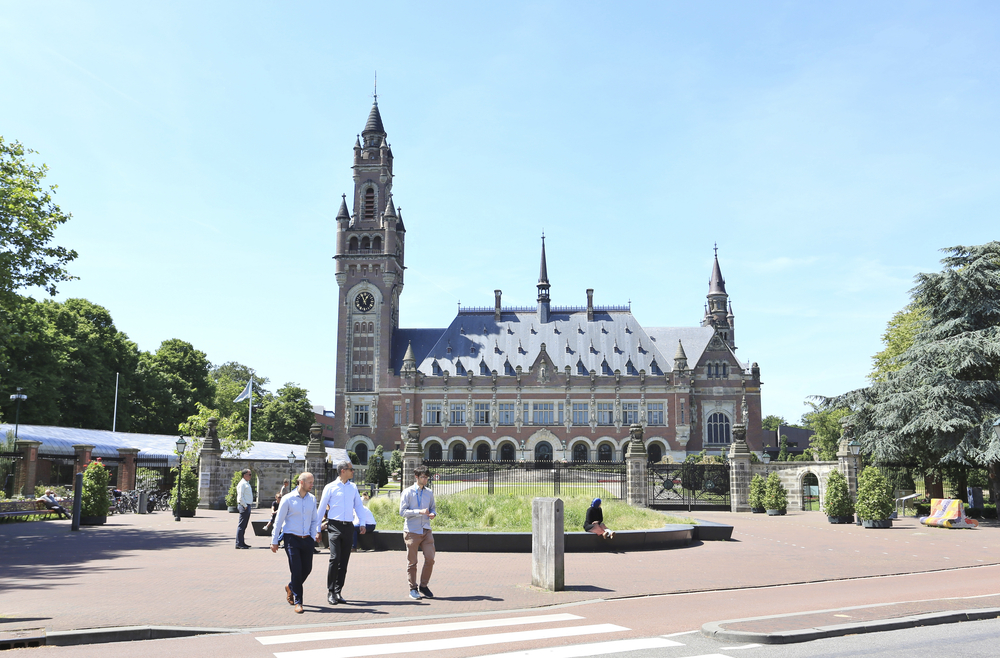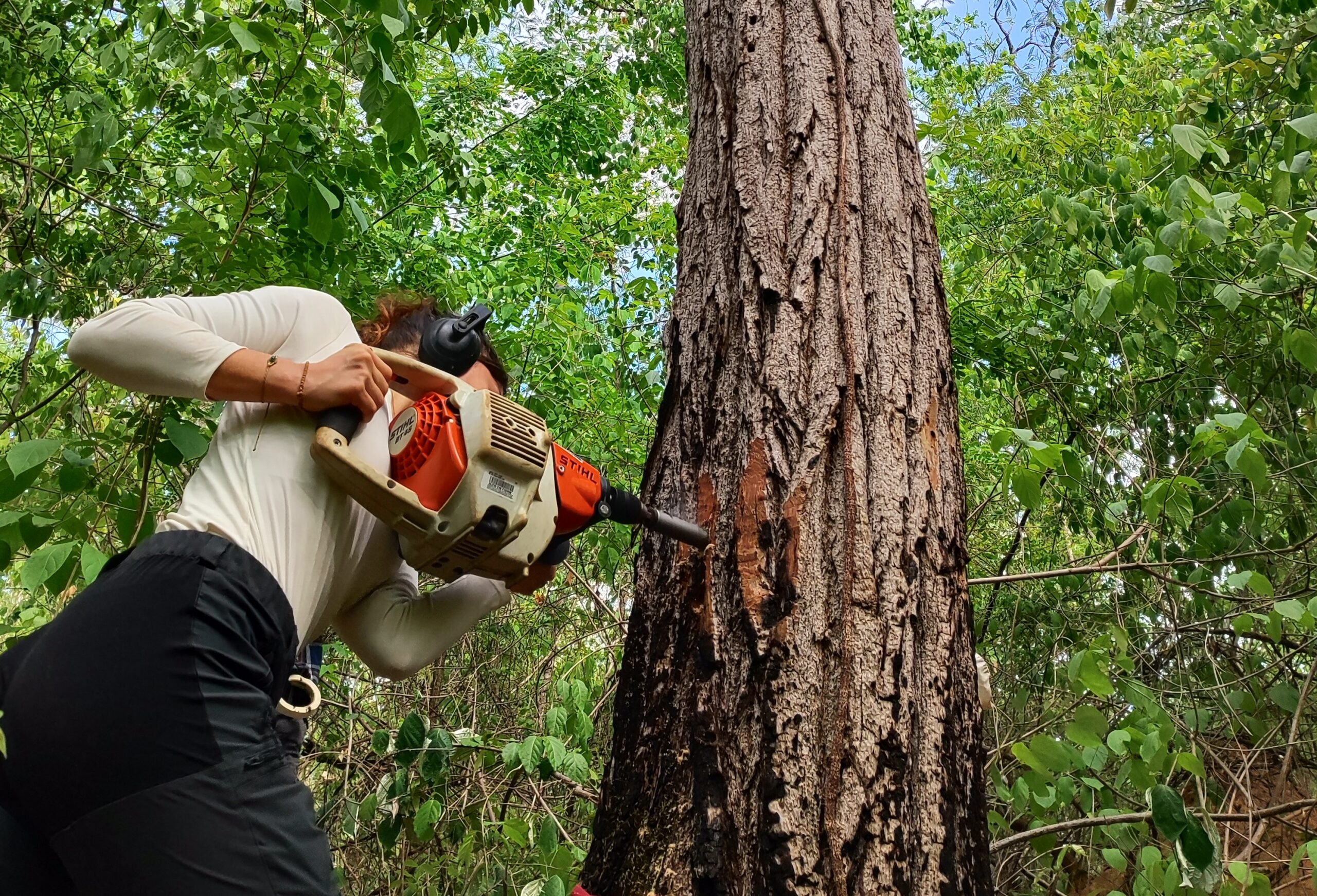You can look at cumulus clouds for hours from an airplane, high above the ocean. Their irregular shapes combine to form a varied mountainous landscape. They are also mysterious because we understand so little about how they are organized, says meteorologist Martin Janssens. Now he has a Veni grant that will let him investigate this.
And this is not just out of curiosity. ‘Clouds have an important role in the climate system,’ he explains. ‘They are active players that transport water vapour and matter through the atmosphere. They also have a direct effect on the Earth’s radiation balance, and with that on global warming.’
Complex
But clouds are complex. How do they react to the ever increasing amount of greenhouse gases in the air? Janssens: ‘If there are more clouds, more sunlight is reflected and the warming slows down. In contrast, less cloud cover leads to more warming. It is an uncertain factor in climate models.’
Janssens focused his research on cumulus clouds, the most common clouds above the ocean and tropical rainforests. ‘All climate models assume that clouds are individual structures that occur randomly, but the reality is a lot more complex. They organize into clusters and sometimes into huge areas of cloud cover.’
Those changes affect the amount of radiation that reaches the Earth’s surface. ‘But we don’t understand that organization well. I worked on a theory for my PhD that says that if you have a random distribution of clouds in a field, they always end up clustering together.’
We can observe the ingredients that create cloud patterns
Martin Janssens, Meteorologie en Luchtkwaliteit
‘In reality, there are umpteen ways in which clouds can organize into different structures,’ he continues. ‘Moreover, rain causes even more complex structures in the cloud cover. With my Veni, I want to systematically map out the importance of those processes. This is necessary to figure out how clouds react to global warming.’
Simulations
Janssens is mainly doing all that from his desk, using simulations and detailed satellite images. ‘From space, you can see how cloud structures combine. We can observe the ingredients that create cloud patterns. The speed at which the air rises above the ocean, for example, can be deduced from the patterns of the waves.’
That last option is not available above land. To get this data, Janssens is travelling to Brazil to take measurements of rising air at the Amazon Tall Tower Observatory, which is 320 metres tall. It will be a return of sorts for him as he visited it before during his PhD fieldwork.
In addition to Janssens, the other WUR scientists who were awarded a Veni were Edwin Alblas (Law), Leonardo Jo (Molecular Biology), Rúna Magnússon (Plant Ecology and Nature Conservation), Niccolò Meriggi (Development Economics), Lisa van Sluijs (Nematology), Lerato Thakholi (Sociology of Development and Change) and Kristina Thompson (Health and Society).

 Cumulus clouds. Photo Shutterstock
Cumulus clouds. Photo Shutterstock 

